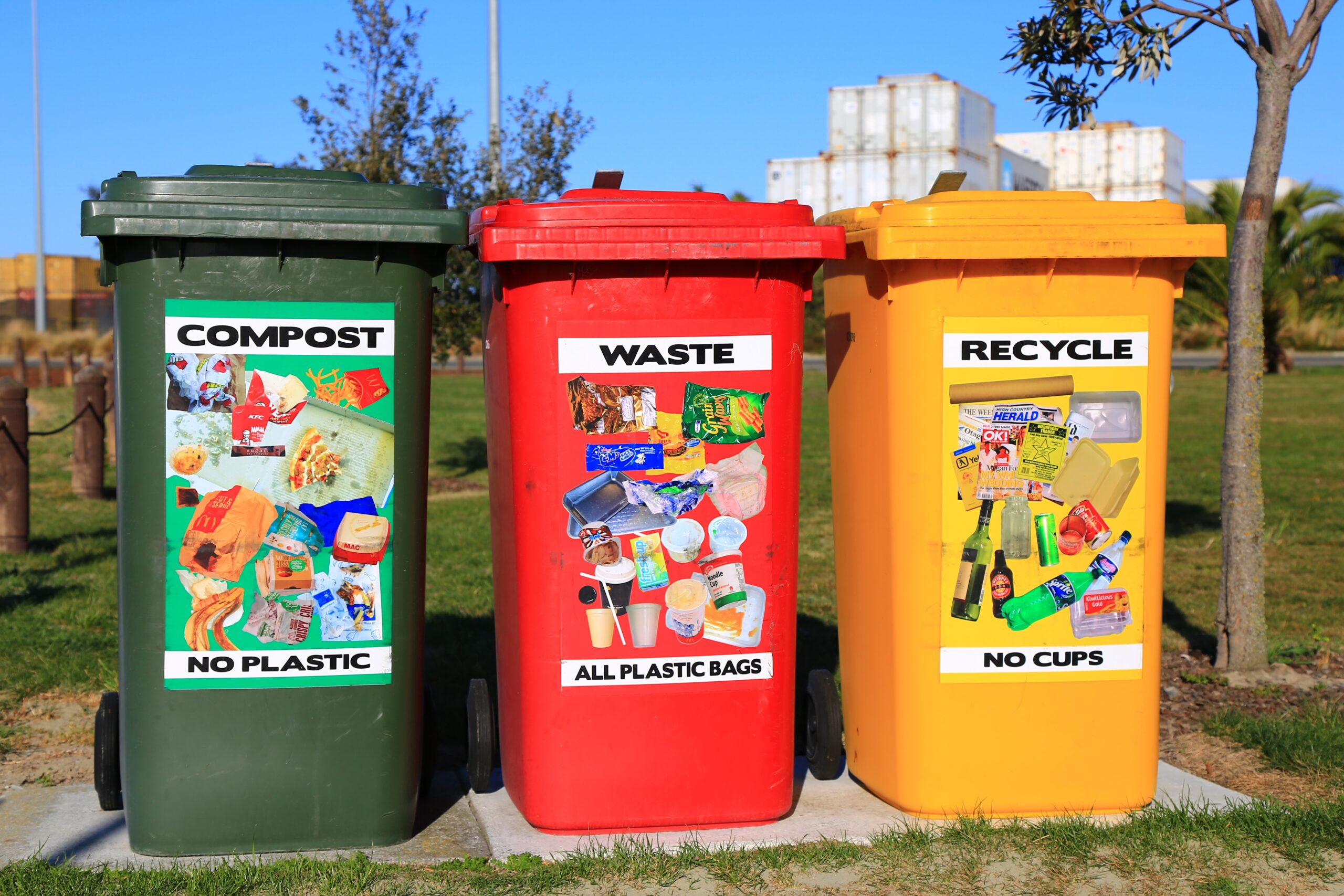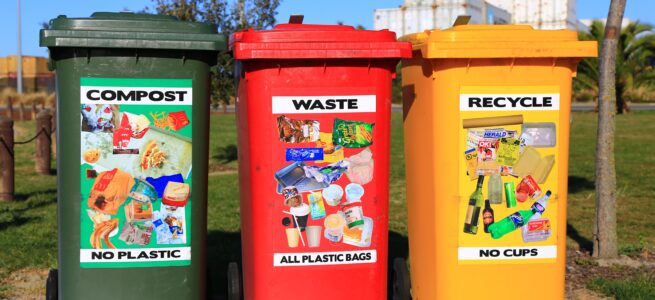As a product manager, While I design an app for waste management, I should need to follow several key steps, from defining the features to delivering the product in the market.
Here’s my approach as a product manager to designing and delivering such an app:
Market Research and Analysis:
- Identify target users: Determine the primary users of the app, such as households, businesses, or municipalities.
- Analyze competition: Study existing waste management apps to identify gaps and opportunities for differentiation.
- Understand user needs: Conduct surveys, interviews, and focus groups to gather insights on user pain points and requirements.
Defining the Product Vision and Strategy:
- Define the app’s purpose: Clearly articulate the app’s primary objective, whether it’s promoting recycling, reducing waste, or facilitating waste disposal.
- Set goals and metrics: Establish measurable objectives, such as user engagement, adoption rates, or waste diversion metrics, to track the app’s success.
- Determine monetization strategies: Explore revenue models such as freemium, advertisements, or partnerships with waste management services.
Feature Prioritization and Roadmap Planning:
- Brainstorm features: Based on user research and the product vision, create a list of potential features, such as a waste pickup schedule, recycling guides, or community forums.
- Prioritize features: Apply frameworks like the MoSCoW method (Must-have, Should-have, Could-have, Won’t-have) or Kano model to prioritize features based on user value and feasibility.
- Develop a roadmap: Create a timeline that outlines the development phases and the release of key features.
User Experience (UX) and User Interface (UI) Design:
- Information architecture: Create a logical structure for the app, defining the main sections, navigation flow, and user journeys.
- Wireframing and prototyping: Develop low-fidelity wireframes and interactive prototypes to visualize the app’s layout and functionality.
- UI design: Design the visual elements, including colors, typography, icons, and imagery, while ensuring a user-friendly and intuitive interface.
Development and Testing:
- Front-end development: Implement the UI design, using appropriate technologies like HTML, CSS, and JavaScript for mobile and web platforms.
- Back-end development: Build the necessary server-side components, APIs, and databases to support the app’s functionality.
- Testing and bug fixing: Conduct thorough testing, including functional, performance, and security testing, and address any issues or bugs identified.
Deployment and Launch:
- App Store submission: Prepare the app for submission to relevant app stores (e.g., Apple App Store, Google Play Store) and ensure compliance with their guidelines.
- Marketing and promotion: Develop a marketing strategy to create awareness and generate user interest in the app through social media, online advertising, and public relations.
- Release and distribution: Coordinate the release of the app across targeted platforms and regions, monitoring user feedback and addressing any early issues.

